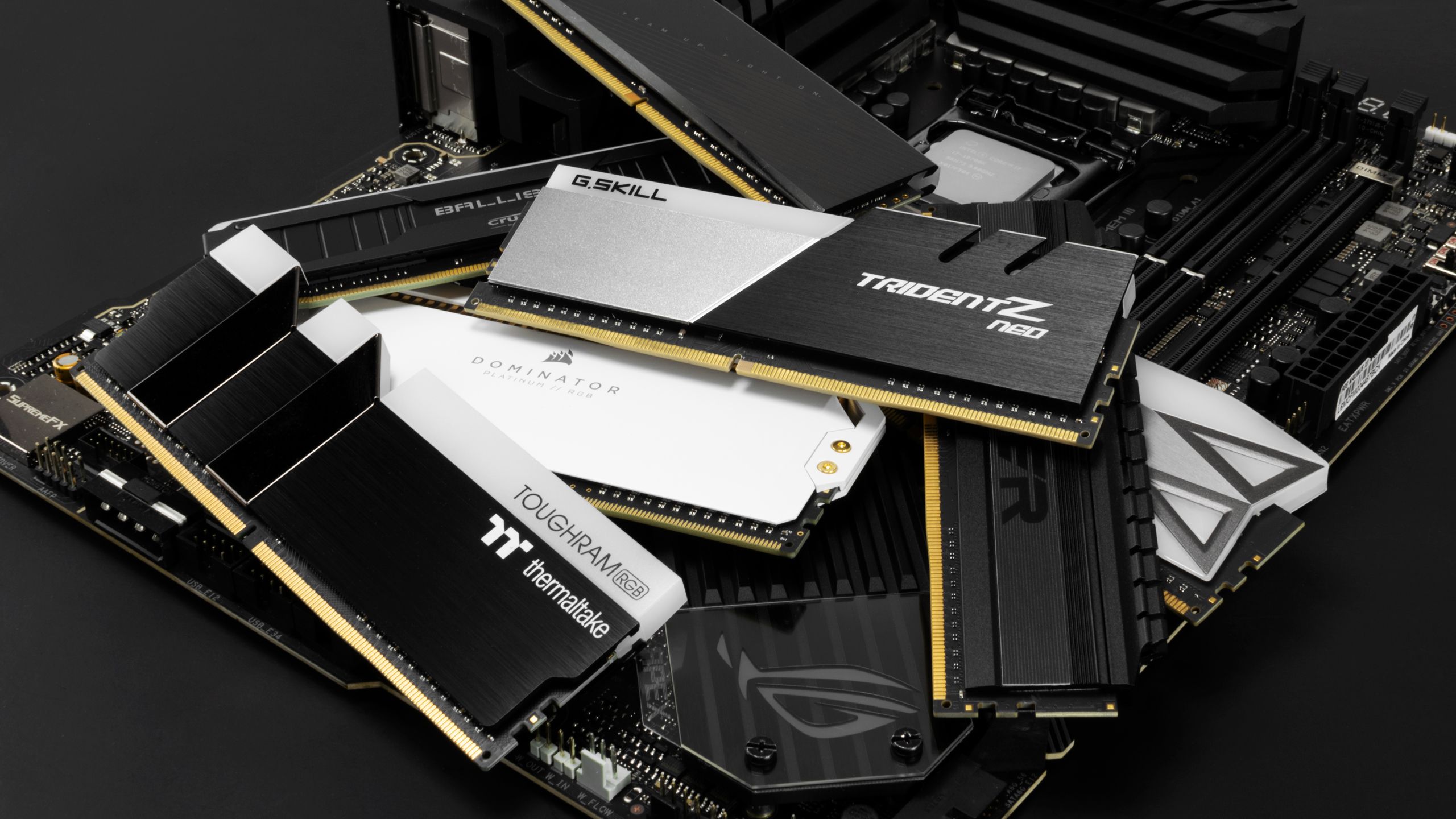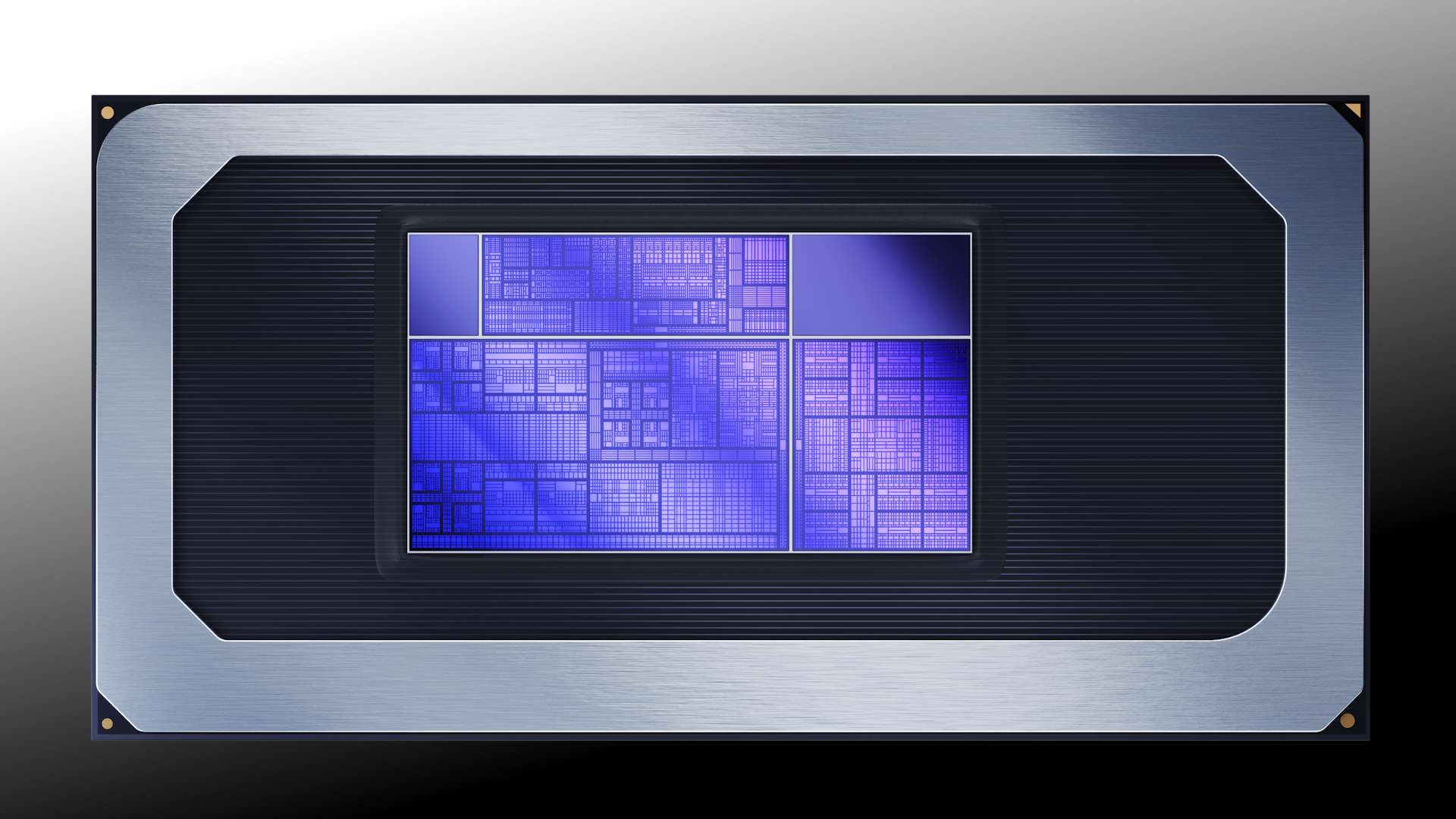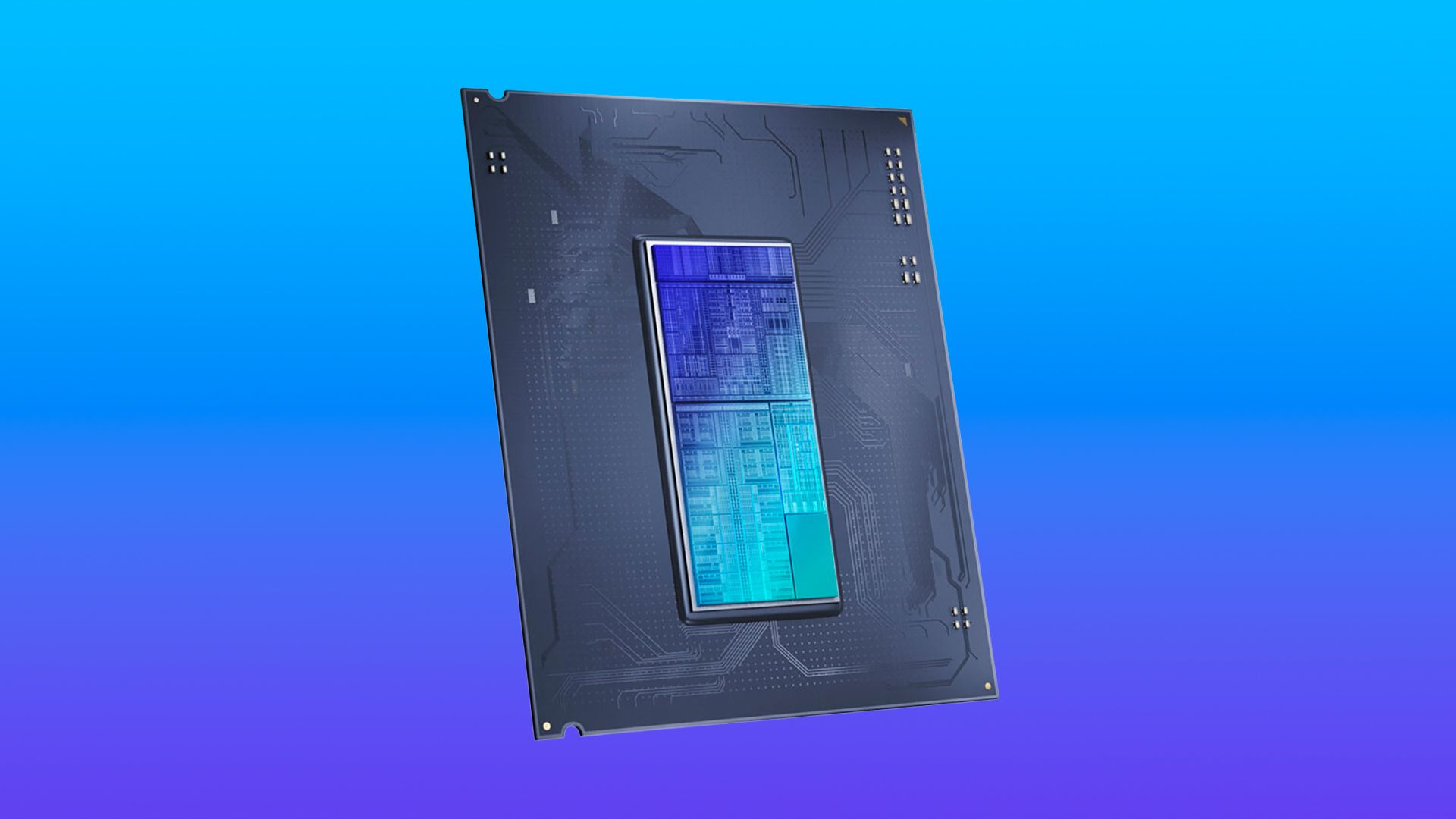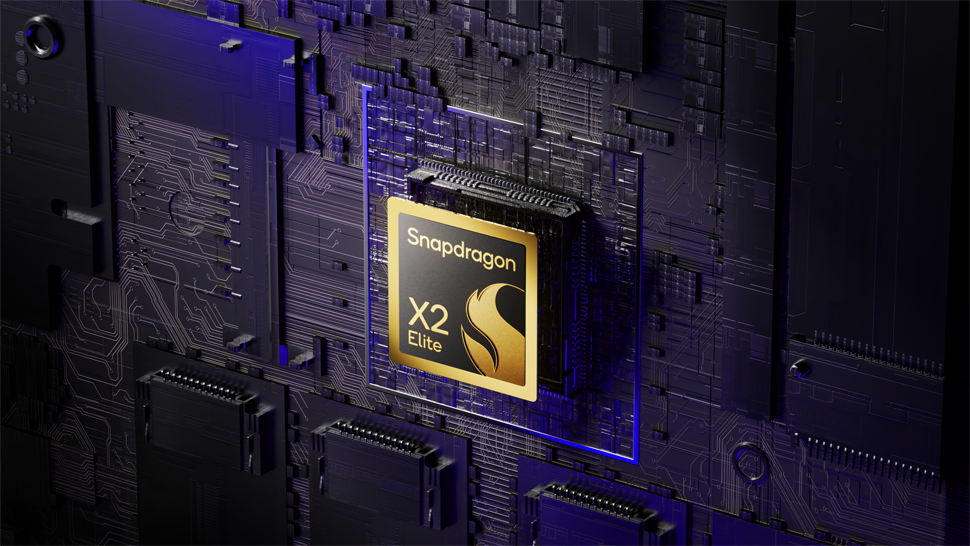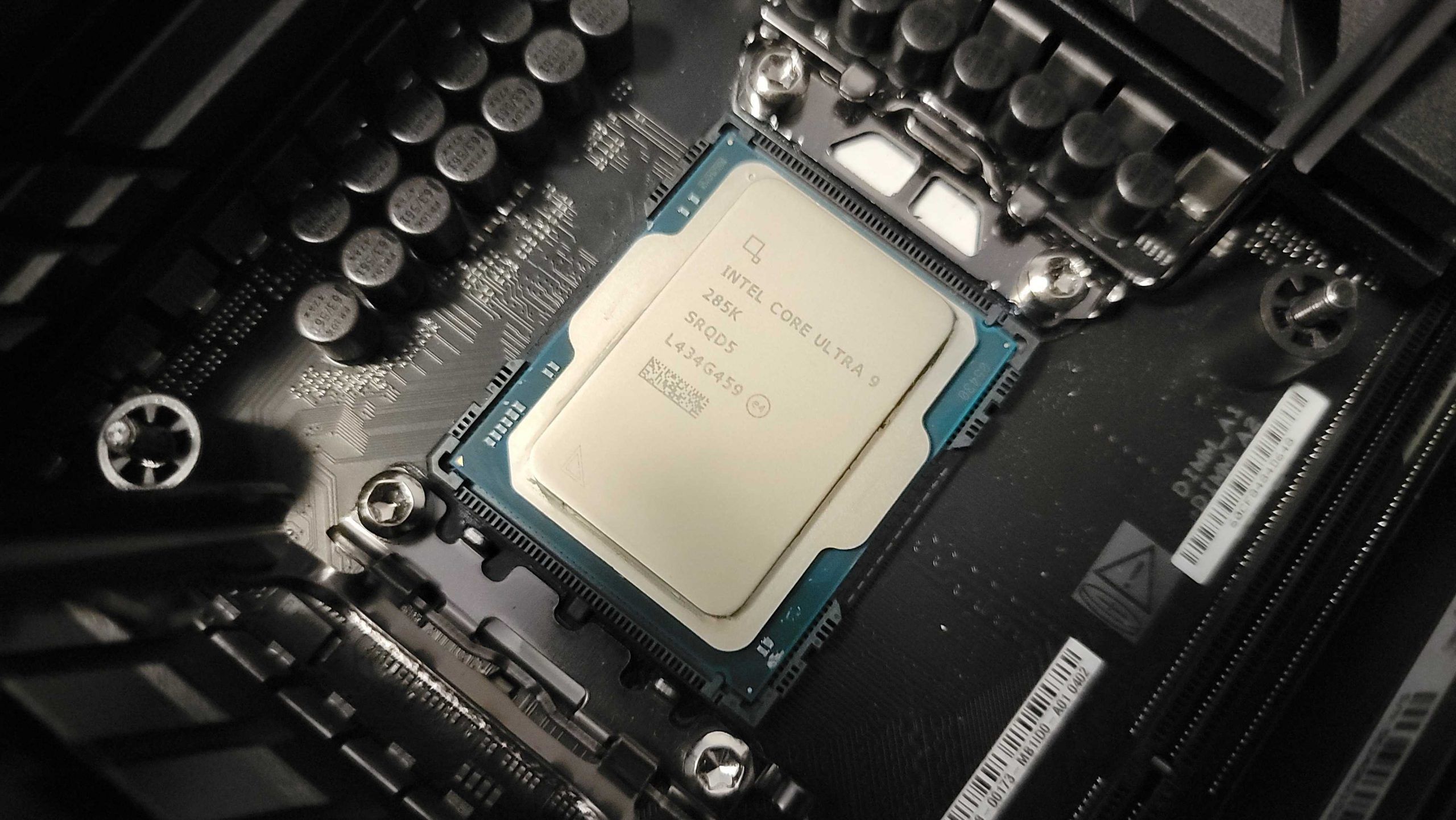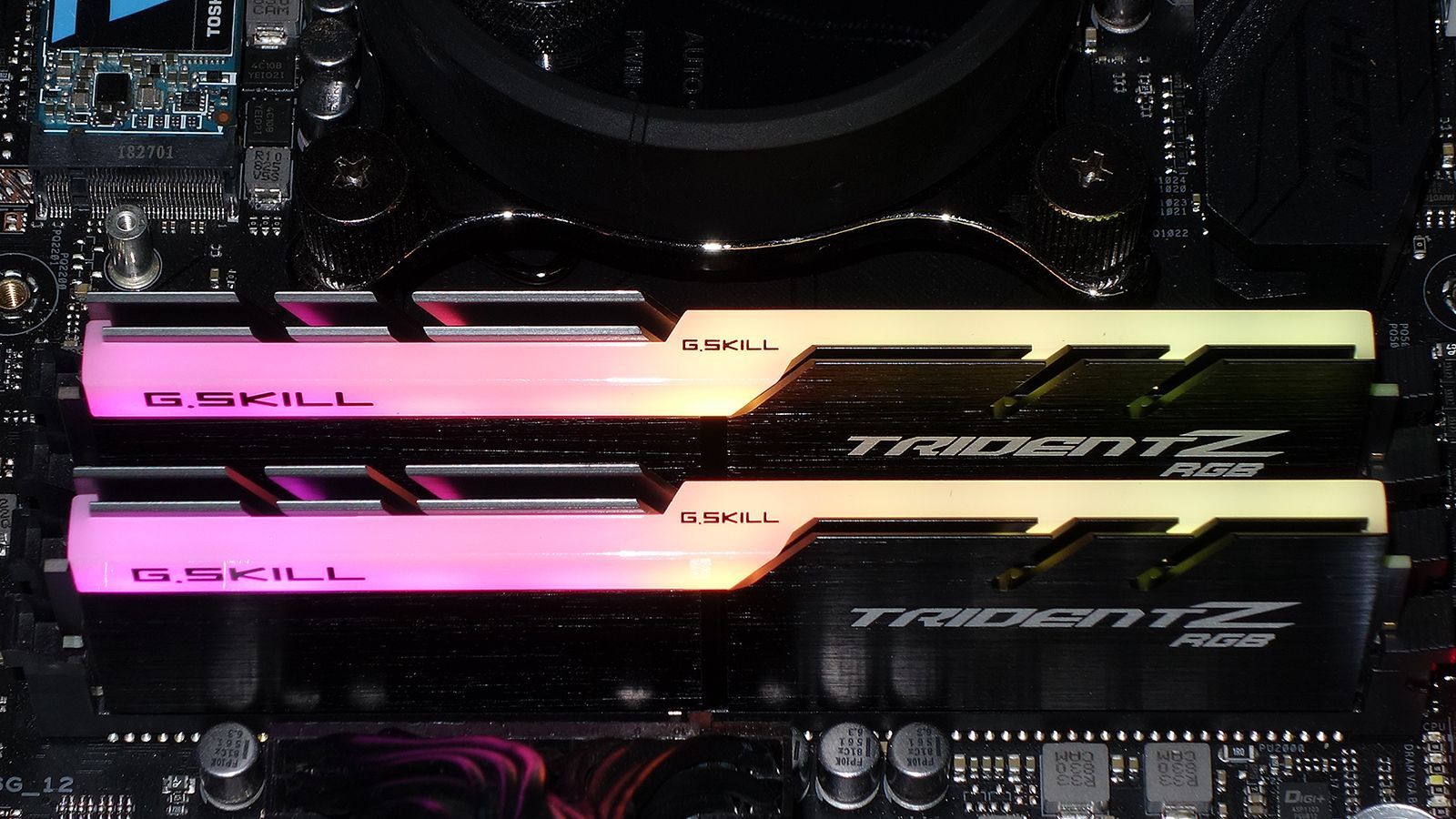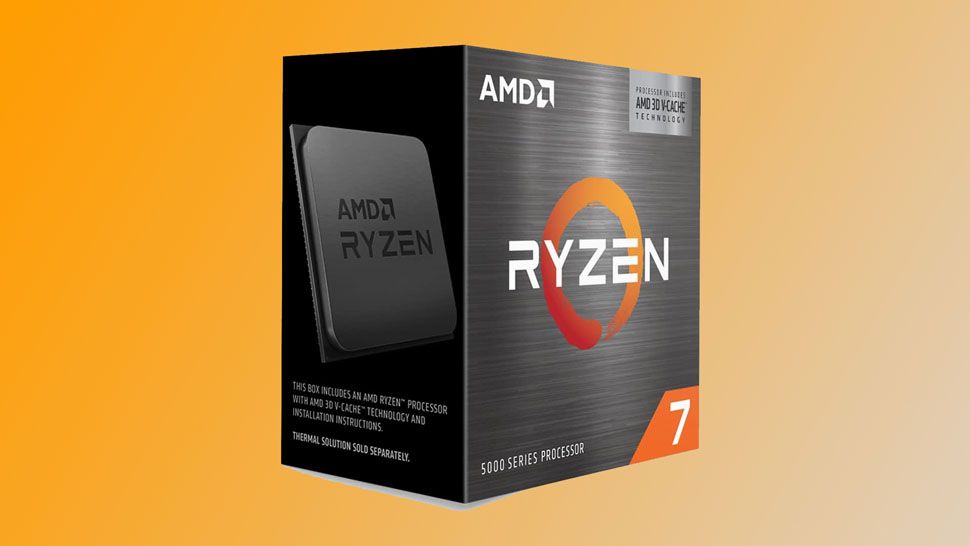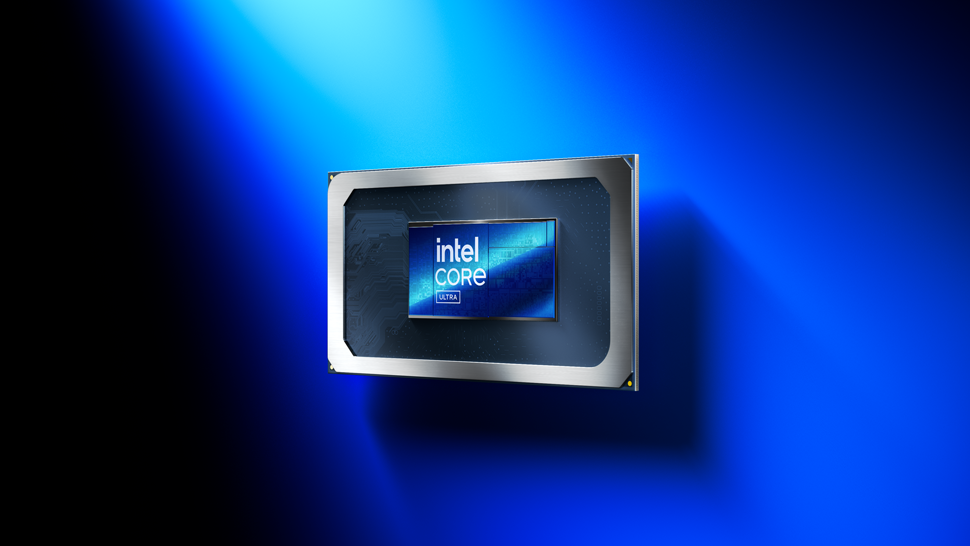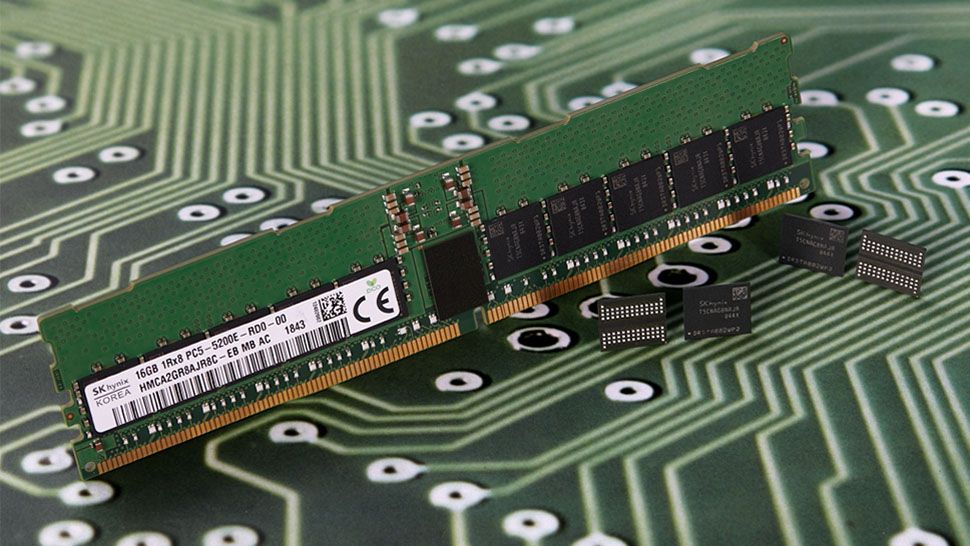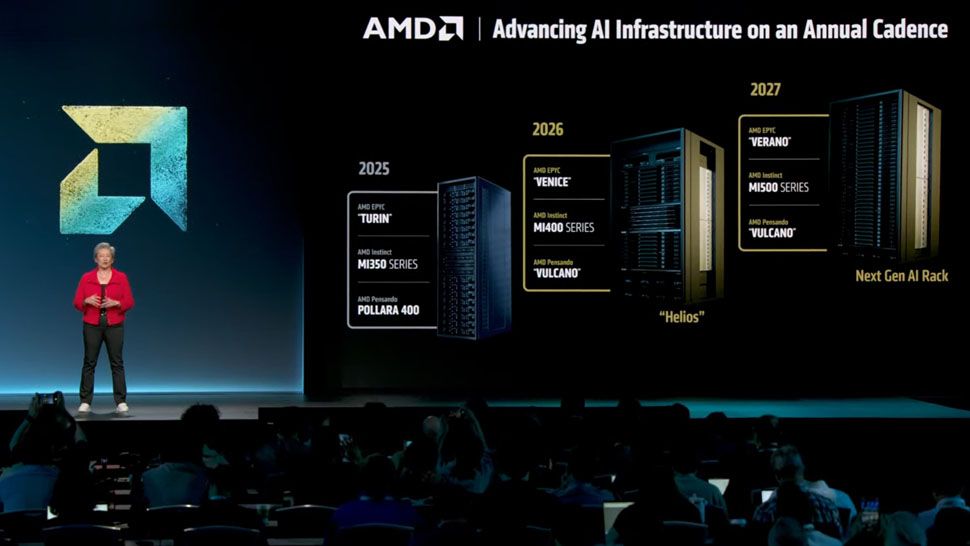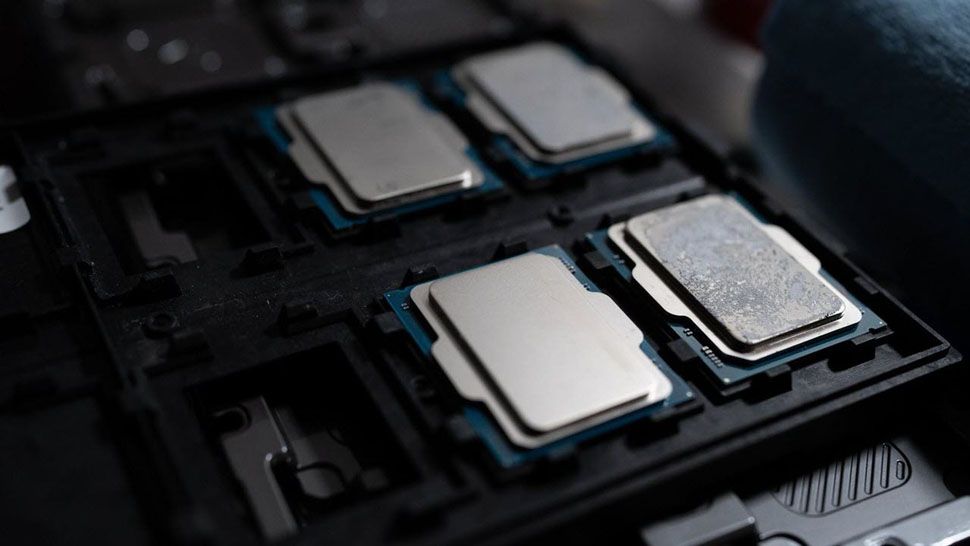AMD increased its share across all markets served by x86 processors at Intel's expense in the third quarter of 2025, according to Mercury Research. Intel is holding strong, and as its latest offerings for client and server systems got significantly more competitive
Memory makers have no plans to increase RAM production
Despite the recent massive price increases for RAM that have shocked enthusiasts, manufacturers aren’t expected to meaningfully increase production of standard memory to offset the demand from the AI industry.
Intel Core Ultra 5 338H appears in Geekbench – new “Arc B370” iGPU
Intel officially took the wraps off Panther Lake two weeks ago, and even though we already did our deep dive into the family's architecture, something far more arbitrary has still not been cleared up — the naming scheme.
New security features coming to AMD and Intel x86 CPUs
AMD and Intel are celebrating one year since the formation of the x86 Ecosystem Advisory Group, an alliance designed to coordinate the evolution of the x86 instruction set architecture (ISA) and ensure that new features are supported by both leading CPU designers.
Qualcomm’s new Snapdragon X2 Elite Extreme and Elite chips for PCs
Qualcomm is back for round two of its push into Windows PCs. At its Snapdragon Summit in Maui, Hawaii, the company revealed its Snapdragon X2 Elite and X2 Elite Extreme. These chips will serve as the high-end offerings in Qualcomm's second generation of Arm-based chips for laptops and other PC form factors.
Intel confirms Arrow Lake refresh set for 2026, Nova Lake later that year
Intel confirmed at a recent Goldman Sachs Technology conference that it plans to launch a refresh of its Arrow Lake processors "next year," with its true next-generation Nova Lake designs to follow along before the end of 2026
DDR4 costs soar as manufacturers pull the plug — panic buying
The DRAM market is flashing mixed signals as 2025 enters its final stretch. According to findings published by Digitimes, DDR4 spot prices have stabilized after a frenzied second quarter, yet contract pricing continues to rise as supply remains tight.
Ryzen 7 5700X3D reportedly reaches ‘end-of-life’ — AMD’s last eight-core Zen 3
The road is almost over for AMD's Zen 3-based 3D-VCache-powered gaming processors. Tweakers.net reports that various retailers can no longer purchase the Ryzen 7 5700X3D from AMD, thus confirming the CPU has reached end-of-life status.
Intel’s rumored ‘Nova Lake-AX’ allegedly packs insane specs
Intel’s lack of a proper answer to AMD’s Strix Halo—and by extension, Apple’s M-series—has left a clear gap in the high-end APU space. The Blue Team hasn’t seriously competed in the graphics-focused mobile market for a while, but that might be about to change.
DRAM prices are about to skyrocket — could increase in price by up to 45%
DRAM prices are expected to climb sharply in the third quarter of 2025, with increases of up to 45% depending on the product, according to TrendForce. This price surge will reportedly be driven by capacity reallocations, product phase-outs, and demand from both AI servers and seasonal consumer trends.
AMD unwraps 2027 AI plans: Verano CPU, Instinct MI500X GPU, AI rack
AMD is accelerating its CPU, GPU, and AI rack-scale solutions roadmaps to a yearly cadence, so the company is set to introduce its all-new EPYC 'Verano' CPU, Instinct MI500-series accelerators, and next-generation rack-scale AI solution in 2027
Intel Nova Lake CPUs reportedly get a GPU overhaul — Xe3 and Xe4
Intel's upcoming Nova Lake chips are expected to advance their modular design philosophy by bringing together future Xe3 and Xe4 IPs to handle different engines on the chip. Jaykihn, an avid Intel leaker, asserts that Nova Lake-S will allegedly use Celestial for its graphics engine.

